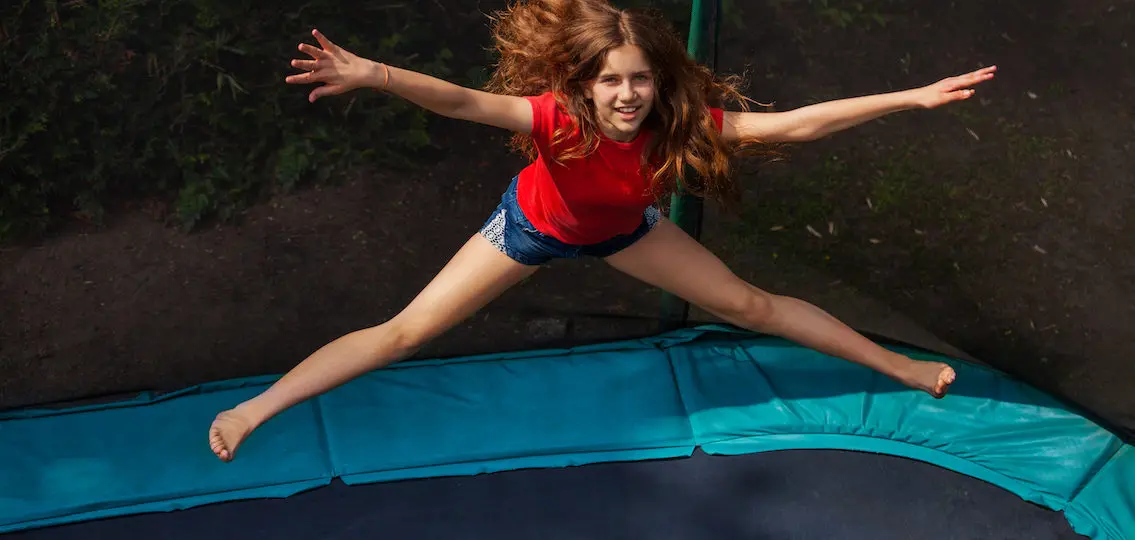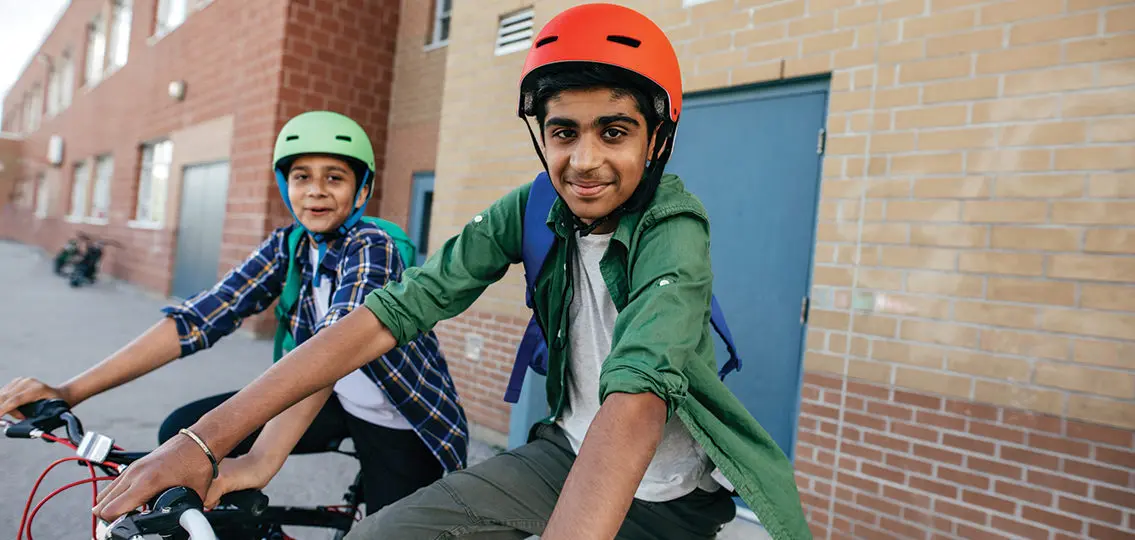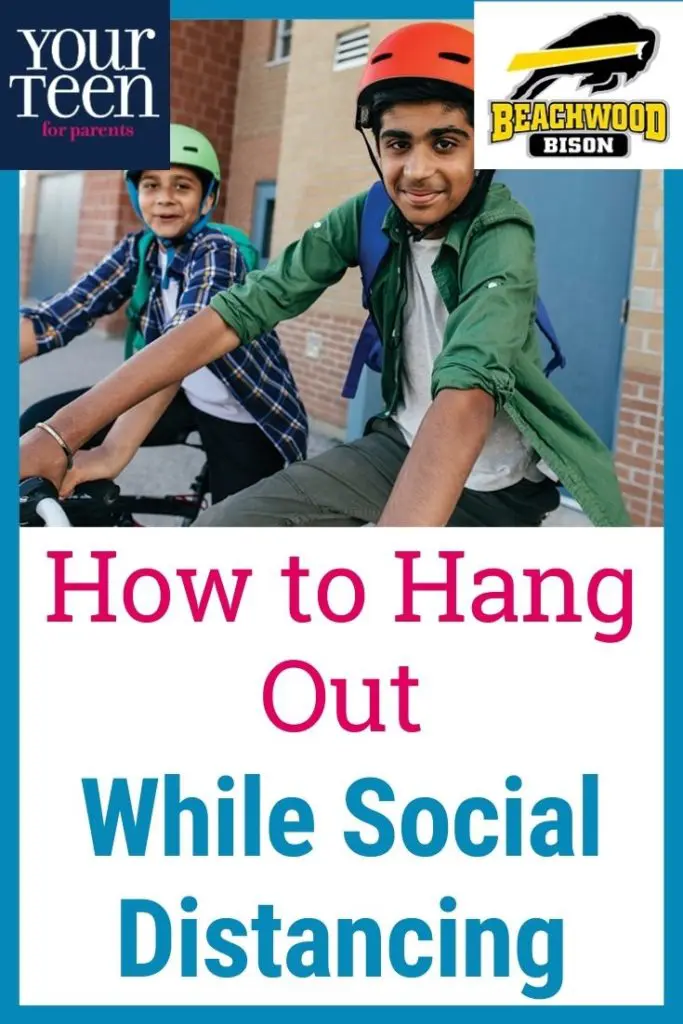As I write this, my sixth-grade daughter is in her room playing online. I’d love to take her to a park, but: work. I’d love for her to have some friends over, but: social distancing. She’s bored. We played summer softball but avoided the pool parties. She understood why, but that didn’t make the “fear of missing out” easier.


“Right now, it feels like the only way middle schoolers can be social is with a device in their hands. But I’ve actually had kids tell me, ‘My brain isn’t wired to be on my device this long.’ They want other options,” says Stefanie Currington, a psychologist specializing in grades five through nine at Beachwood City Schools in Ohio.
What other options can we offer?
Staying in Touch with Friends – How to Do It Safely
Head outside
In February, we upgraded my daughter’s too-small bike, and I was thanking my lucky stars come April. Riding with a neighbor created a physically distanced, yet social, time for both girls.
“Warm-weather months are the perfect time to encourage our kids to see friends safely,” suggests Phyllis Fagell, school counselor and author of the book Middle School Matters. “Getting off devices and moving our bodies is especially important for teens.”
Some structure to the activity assures a natural distance while socializing. Renting kayaks, paddle boarding, or a trail hike all encourage kids to see friends safely—without huddling around a screen. Tennis or pickleball are some other good choices that have distance built in.
Embrace the virtual world
More than likely, our kids will be spending a large amount of time—if not all of it—doing school online. Even if your school returns to in-person learning, things will look different. The natural opportunities for socializing—full tables at lunchtime, talking in the hallways—will be on hold for a bit.
| [adrotate banner=”176″] |
Keith Terlonge, a counselor at Beachwood City Schools, says that schools recognize this and are working to come up with solutions. “We’ll still have events; we’ll just change the way they look,” he says. Virtual game nights, picnic tables outside for class or clubs, new student orientations online.
The key is for parents to be honest with their middle schoolers about how this will feel different. “Because we don’t know what that is going to look like, it is hard to predict and prepare. But we are in control of how we react and how we behave,” says Currington. Having a good attitude about it, hard as that may be, is essential to model.
Check in regularly
With fewer chances to casually gather with friends, parents will need to be a sounding board for their teens. “Check in more regularly,” says Terlonge. “Ask targeted questions: ‘What was something interesting that happened today? What was something that would have made today better?’”
Parents should also keep an eye on device usage. The typical misunderstandings—a text message unanswered, seeing pictures of friends gathered without you—can be amplified when there’s no chance to talk things out in school.
“The bids for attention online can be magnified during distance learning,” says Fagell. “No good comes from texting at 11 p.m. when you are tired and stressed. Parents need to understand that it’s important to teach and coach. Set teens up for success with solid guidelines.” For example, she says, encourage teens to sit and think through a text before responding, or better yet, pick up the phone to call (or FaceTime) with a friend.

“Middle school kids often feel different, and now is a time when everyone is feeling different,” says Currington. “The number one thing parents can do to support their teen is listen and let them know that how they’re feeling is normal.” Even in this most un-normal of years.





